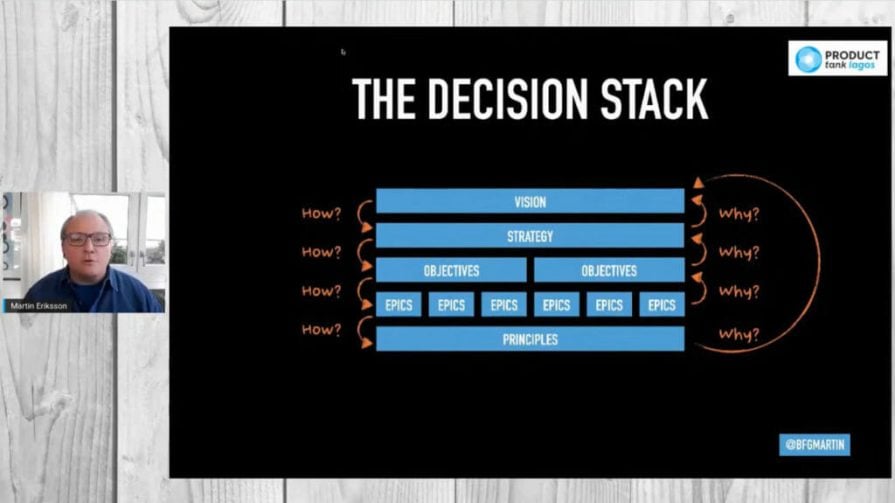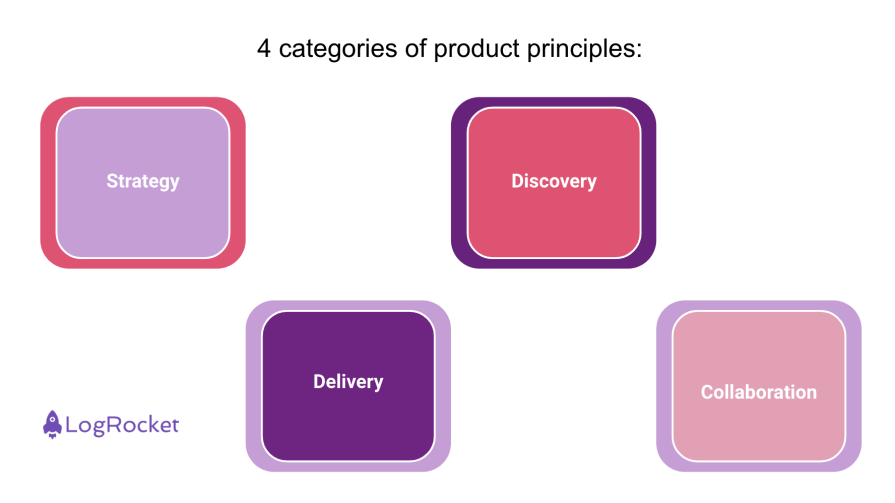As a PM, the time it takes your team to make decisions defines how much progress you can make. However, speed isn’t everything. You need to be consistent, otherwise users will churn towards a more reliable solution.

When decision-making lacks structure, you may observe undesired behavior like:
My view on decision-making is simple. A poor decision is often better than no decision because at least it creates a learning opportunity, whereas no decision just leaves your team stuck in the mud.
Your decision-making doesn’t need to be complex. Instead, make sure that your team aligns on what matters most by adopting a set of product principles.
This article walks you through product principles, including how to set them, how to use them in your daily work, challenges you may encounter, and key principles for success.
Product principles help you simplify decision-making by enabling alignment without the need for lengthy discussions.
Martin Eriksson, Co-Founder of Mind the Product, says:
“Your principles are a framework for your decisions. They’re specific and actionable rules which are a manifestation of your vision. A useful starting point might be to use ‘even over’ statements, as these explicitly indicate what your organization values in trade-off situations.”
When you ignore product principles, you make it more difficult to achieve your vision and strategy. Eriksson created the decision stack framework, which helps you understand the critical role product principles play in product development. Without sound principles, teams have no chance but to discuss every decision they face:

Crafting your product principles can take time and the process varies depending on your organization’s size and unique challenges. That said, you need to clarify the following before you can set your principles:
As you define these, it becomes easier to craft your product principles. The process of coming up with your statements tends to take one of two approaches:
I recommend starting simple, reflecting on how the principles can help you, and adapting accordingly. You don’t need to be perfect from the start. Adapt and collaborate with your team until you land on something successful.
Product principles come into play whenever you find yourself faced with a decision. They help you accelerate decision-making by giving you a head start so that you spend less time pondering and more time doing.
I find two approaches helpful for using the principles you craft:
You know just as well as I do how much change occurs in product management. Because of this, it’s important that you routinely check-in on your principles to make sure they still make sense for you. I recommend you look at your:
After the review, commit to three actions to continuously evolve your principles.
Throughout my career, I’ve seen many teams with varying product principles. I find that it helps to have different principles for different levels. The following organization works for me:

Crafting digital products requires a ton of decision-making. The faster and more effectively you can make them, the more progress you can make. To this end, use product principles to help remove some of the guesswork and align your team around a central vision.
The key takeaways from this post include:
Featured image source: IconScout

LogRocket identifies friction points in the user experience so you can make informed decisions about product and design changes that must happen to hit your goals.
With LogRocket, you can understand the scope of the issues affecting your product and prioritize the changes that need to be made. LogRocket simplifies workflows by allowing Engineering, Product, UX, and Design teams to work from the same data as you, eliminating any confusion about what needs to be done.
Get your teams on the same page — try LogRocket today.

A practical guide for PMs who want to stop being bottlenecks, delegate smarter, and lead teams effectively with a clear ownership framework.

Stop letting unreliable data block features. Treat data as inventory to track quality, ownership, and ship with confidence.

Learn why slide decks slow teams down and explore better tools like whiteboards, PRDs, and prototypes to improve collaboration and alignment.

AI PM roles are evolving fast. Learn the five types of AI PMs, the skills they need, and how they shape AI products across industries.